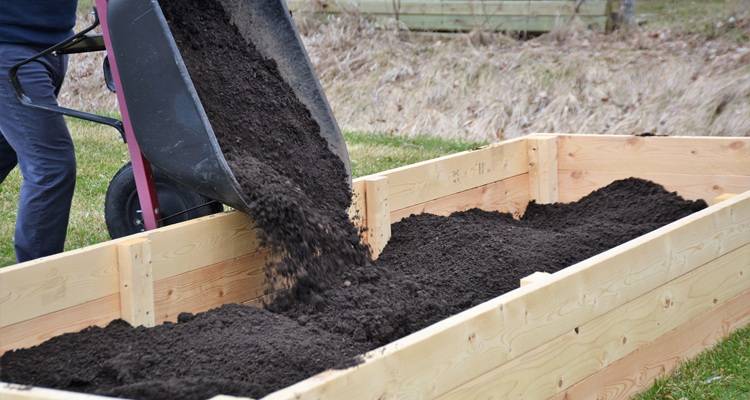Garden-to-Table: Create an Eco-Friendly Vegetable Garden at Home
Growing your own food at home gives you a wonderful connection to nature as well as a significant step towards a more sustainable lifestyle. By growing your own crops, you can directly reduce your reliance on the environmentally damaging food system. Long-distance transportation, excessive packaging, and the use of potentially harmful pesticides are all significantly reduced or eliminated when you grow your own foods.
Also, the taste of freshly harvested produce surpasses anything that you can buy from the shops. Your own fresh produce will be bursting with vibrant flavours and nutrients. In this guide, you will learn how to create an eco-friendly vegetable garden at home. Read on to learn everything you need to know…
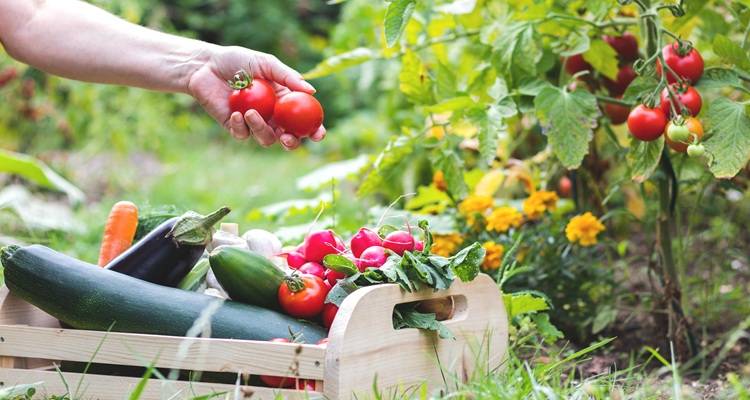
Start Small and Choose Wisely
You want to begin with a manageable amount to avoid feeling overwhelmed. A small, raised bed, a dedicated corner of your garden, or even a collection of large pots on your patio can be a brilliant starting point. This will allow you to get some experience before you gradually expand your growing ambitions.
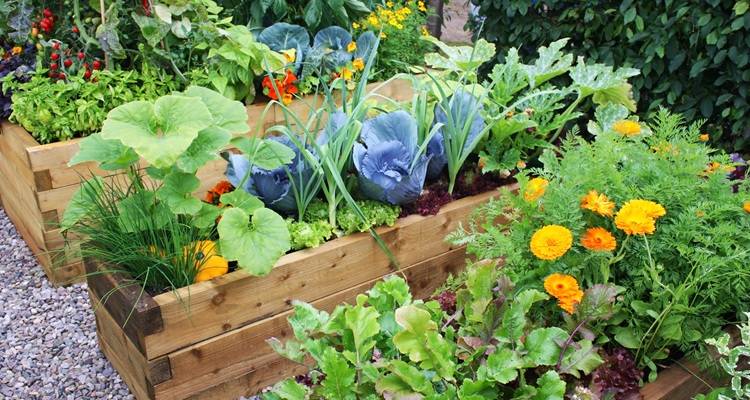
Choosing the right plants to grow is essential for success. Prioritise vegetables that thrive in your local climate and suit your available space. Consider some of the following choices:
Easy to Grow
- Lettuce – This is a diverse and rewarding option. There are many varieties of lettuce to choose from, and they tend to grow quickly, making them perfect for beginners. They can easily be grown in containers, so this makes them perfect for smaller spaces.
- Spinach – Spinach is full of nutrients and is relatively easy to grow. Plus, it is able to tolerate cooler temperatures. This is a crop that will keep coming back after you cut it, so you can get multiple harvests throughout the season.
- Radishes – These vibrant root vegetables are very fast-growing, so they are ideal for impatient gardeners. The peppery flavour adds a lovely crunch to salads.
- Peas – You can choose dwarf varieties that stay compact or climbing peas that require support, depending on what you would prefer. These are a very rewarding crop and are relatively easy to grow.
- Beans – There are many types of beans that you can grow, providing you with a variety of choices. Climbing varieties can effectively utilise vertical space, making them perfect for smaller gardens.
Herbs
- Parsley – This is a versatile herb and is a staple in most kitchens. It is easy to grow in containers and can be harvested regularly.
- Chives – Chives are very easy to grow from bulbs and provide a subtle onion flavour to many dishes. They also add a touch of elegance to your meals.
- Mint – Mint is highly aromatic and refreshing. This herb can be used in teas, cocktails, and desserts. However, these plants can grow vigorously, so it's best to keep them in pots to prevent them from becoming invasive.
- Thyme – This is a hardy herb that can add a distinct flavour to many savoury dishes. This is a great low-maintenance addition to your vegetable garden.
Space Savers
- Climbing Beans – These varieties make the most of the vertical space in your garden by growing upwards on fences or trellises, so this helps to maximise your growing area.
- Courgettes – These can be grown in pots or raised beds, and they offer a generous harvest and are a brilliant addition to several meals.
- Tomatoes – Whether you choose to grow these in containers or in the ground with a support system, tomatoes are a very rewarding crop.
Embrace Sustainable Practices
Creating an eco-friendly garden goes beyond just growing your own food. It is also about nurturing the environment and minimising your impact. Here are some key sustainable practices to be aware of:
- Composting – Transform your kitchen scraps and garden waste into nutrient-rich compost. Composting not only reduces your waste but also provides a natural and abundant source of fertiliser for your garden plants.
- Watering Wisely – Water is a very precious resource. You want to minimise water waste by using a watering can or a soaker hose to deliver water directly to the roots of your plants. Avoid overhead watering, as this can lead to significant water loss through evaporation. Collecting rainwater in a water butt is a great way that you can conserve water and utilise a natural resource.
- No-Dig Gardening – This is a revolutionary method that minimises soil disturbance. Consider adding some organic matter like compost or mulch to the surface. This can greatly improve the health of your soil, reduce the growth of weeds, and create a thriving environment for your plants.
- Go Organic – Choose organic seeds for your garden whenever possible, as these are grown without the use of harmful pesticides. This protects beneficial pollinators and insects, ensuring a healthy ecosystem in your garden.
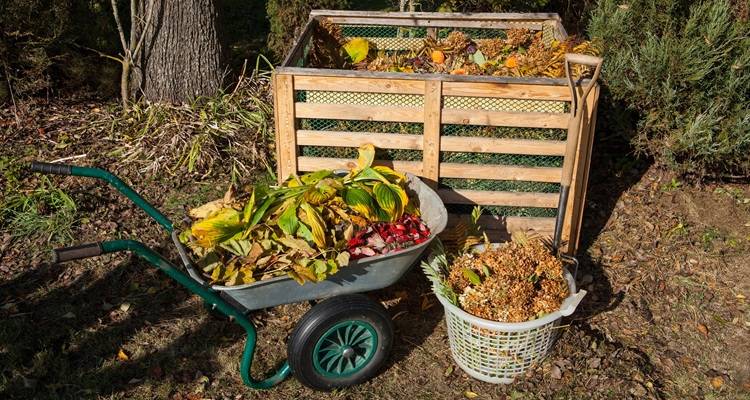
Making it Fun for the Whole Family
Gardening is a wonderful family activity that creates a lovely connection with nature and also encourages a love for healthy foods.
Growing herbs in pots is a great project for children of all ages. The hands-on experience of planting, watering, and watching the plants grow is incredibly rewarding for everyone involved.
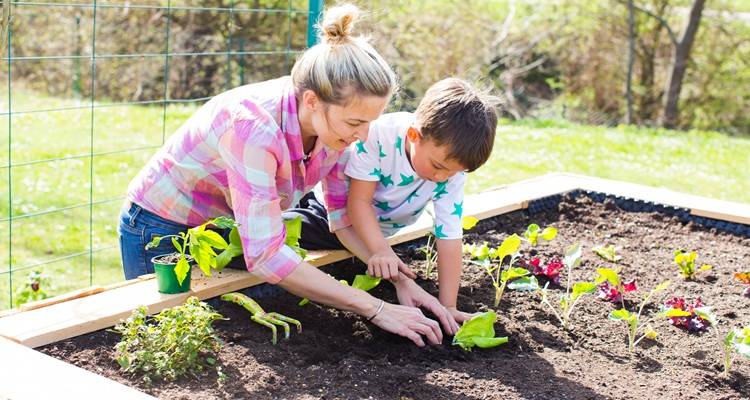
Utilise window boxes to create a vibrant array of salad leaves and herbs. This adds a touch of greenery to your home and also provides easy access to fresh ingredients for meals.
Encourage a sense of adventure by experimenting with unusual vegetables. Consider growing things like beetroot, courgettes or bean sprouts.
Enjoy the Abundant Rewards
There are so many things that are rewarding about cultivating your own vegetable garden. The process of growing your own crops is very satisfying.
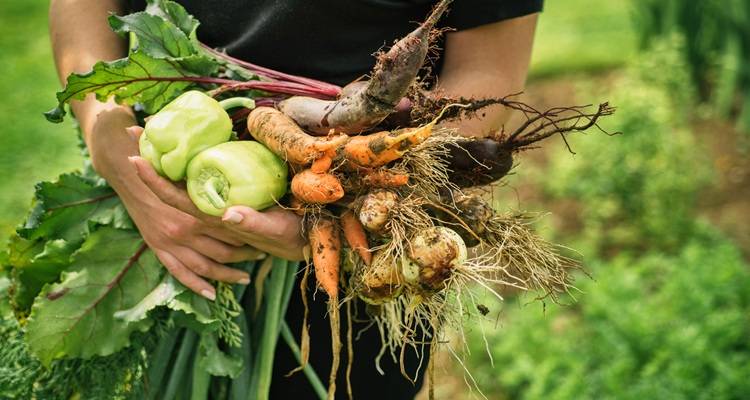
Below is a list of some of the rewarding aspects of creating your own vegetable garden:
- Fresh, Local Produce – Savour the taste of homegrown vegetables that are bursting with flavour and nutrients. You can't get anything that tastes as good from the shops.
- Reduce Food Miles – By growing your own foods at home, you can significantly reduce the environmental impact that is associated with the long-distance transport of crops.
- Connect with Nature – When growing your own vegetables at home, you will spend a lot more quality time outdoors, enjoying the therapeutic benefits of gardening. Observe the natural world and watch your crops grow from seed to produce.
Tips for Getting the Best Results
Below is a list of tips to ensure you get the best results from your home vegetable garden:
- Protect Your Crops from Frost – The unpredictable weather can pose some challenges for your crops. Protect the young seedlings from frost by using cloches or fleece.
- Consider the Seasons – Make sure to plan out your planting schedule carefully. Take into account the distinct growing seasons.
- Join a Local Gardening Group – Connect with fellow gardening enthusiasts in your local community. You can all share various tips, swap seeds and growing advice and, ultimately, learn more from one other.
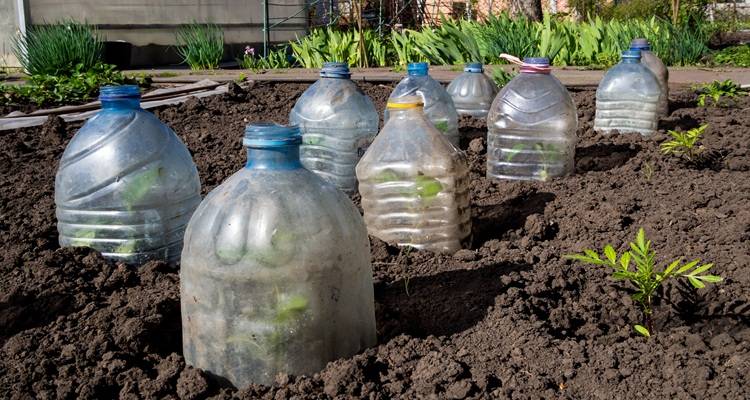
Final Thoughts
Growing your own food at home is a very rewarding process. By doing so, you are directly contributing to a more sustainable food system. You will also reduce your reliance on long-distance transportation, minimise packaging waste, and avoid the potential impacts of harmful pesticides. The taste of freshly harvested produce is amazing and better than anything you can buy from the shops.
This guide has given you a great foundation to start your own homegrown journey. Just make sure that you start small, choose wisely, and embrace sustainable practices. Remember, every seed that you plant is a step towards a much healthier planet and a more fulfilling life.
|
Find Tradespeople & Save Money
MyJobQuote connects you with up to 3 available local tradespeople, so you can compare quotes & save money with ease.
|

|




